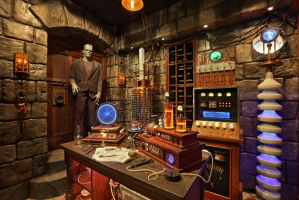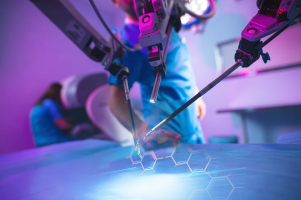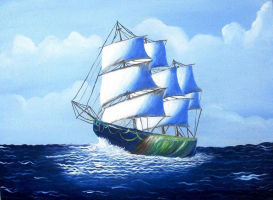Top 10 Old Technologies That Might Make a Comeback
Food preservation at home has already increased as a result of the recently resurrected delights of baking and cooking at home. A return to comfortable and ... read more...quick intercity travel, with passengers being delivered to city centers rather than far-off airports in the suburbs, is being planned by American railroads. One would think that cameras are obsolete given the widespread use of smartphones and other devices. But, even the basic Polaroid camera could make a comeback. Here are seven outdated technologies that could—and in some cases have—returned to widespread use.
-
The quality of the concrete used by the Romans is one reason why so much of the Roman Empire is still visible and accessible more than two millennia after it was erected. Its superiority over contemporary concrete is clear to see. Modern concrete roads and sidewalks frequently collapse and crack after only a few years of use because they are unable to withstand the salt that is used in northern climates to melt ice in the winter.
The oldest Roman amphitheater in the Empire (almost 150 years old), constructed of stone and concrete, was located in Pompeii when Mount Vesuvius erupted. Roman concrete underwater works in the Carthage ruins have withstood the corrosive effects of seawater for more than 2,000 years. It is obvious that Roman concrete is superior to contemporary concrete.
Roman concrete is also less expensive to produce since it uses less cement, and it has a lower carbon impact because it employs volcanic ash rather than the more recent replacement, coal fly ash. Roman concrete has been studied by industries all over the world for years, and because of its strength and lifespan, its return to widespread use is practically guaranteed.Modern concrete has an outdoor lifespan of roughly 20 years when made with the Portland Cement combination, which is the industry standard. The oldest non-reinforced concrete dome in the world, the Parthenon in Rome, is made of Roman concrete, which has lasted for more than 2,000 years.
Roman concrete is easier to work with, less expensive to create, more resilient, and stronger underwater. It represents an antiquated technology that cultures tackling problems with their infrastructures in the twenty-first century can use right away.

Image by Jose Ángel Ruiz via pexels.com 
Image by Feyza Yıldırım via pexels.com -
Electric vehicles outsold those with manual transmissions in sales in 2020. For more than 20 years, sales of vehicles with three pedals—an accelerator, a brake, and a clutch—have been declining. Only 27 cars will be offered with a manual transmission in 2021. The Aston-Martin Vantage, which is significantly more expensive than the typical buyer's budget, to the Hyundai Accent, which comes with a manual transmission as standard equipment.
For years, auto enthusiasts and journalists have projected that the manual transmission will soon become obsolete. To the contrary, as long as internal combustion engines are used to power automobiles, enthusiasts will develop a need for the driver to change gears as the vehicle travels the road.
Manual transmissions use less gasoline, are frequently less environmentally friendly, and demand more focus from the driver. Their waning appeal can be attributed, in part, to the difficulty of shifting, directing, and texting at the same time.
Another reason Ferrari no longer supplies them on any of its models is that they frequently result in expensive repairs because of driver error when downshifting. But, for purists in the car industry, they are more than merely enjoyable; they are a crucial component of driving. As long as they are connected to an internal combustion engine, they will continue to be in demand among driving enthusiasts unless they are outlawed.
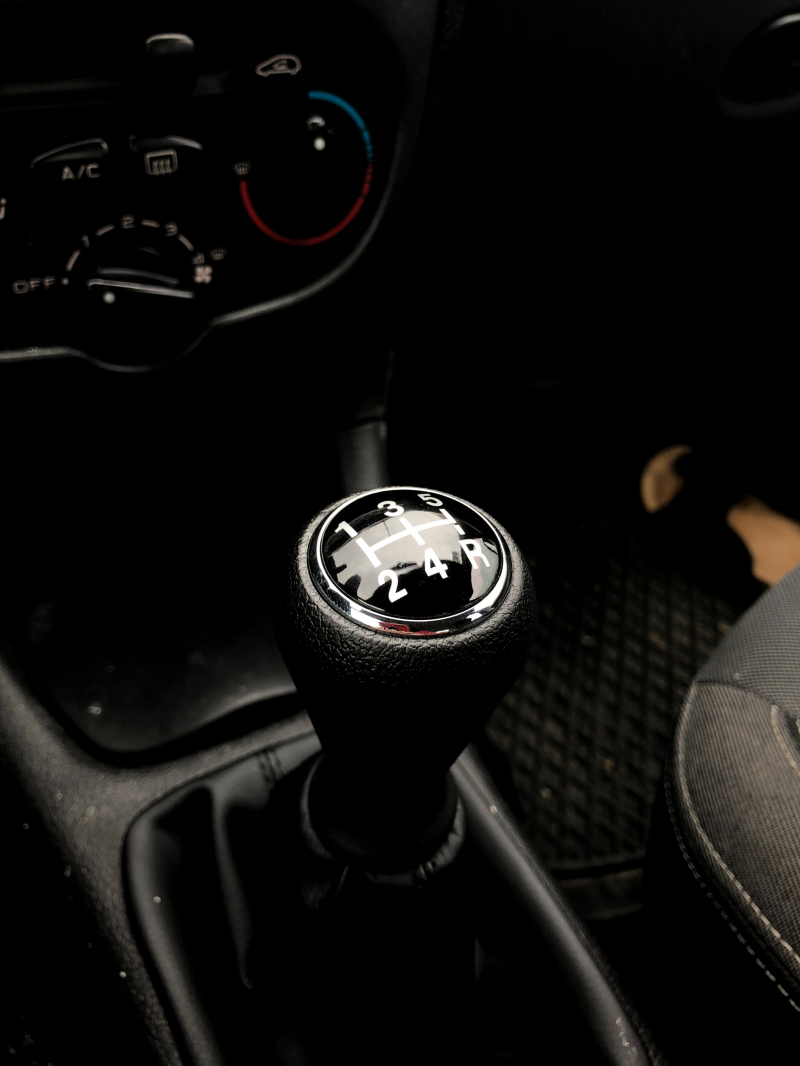
Image by Riley Franzke via pexels.com 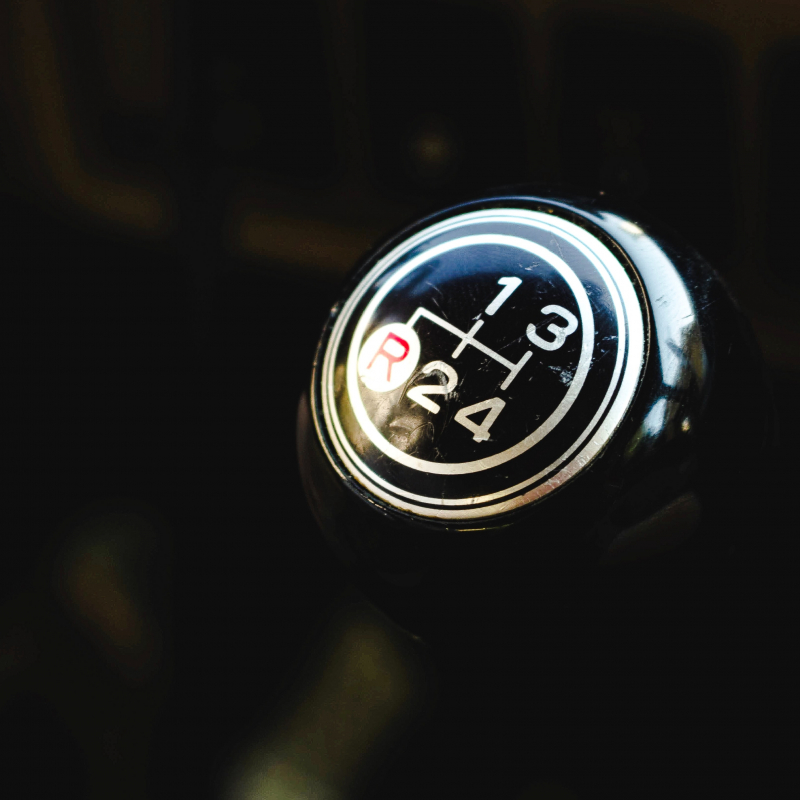
Image by Irhad Barucija via pexels.com -
The Polaroid Type 95 Instant Camera, which Edwin Land launched in 1948, was the first instant camera of his own design. His cameras sold over a million units by 1956. Around the middle of the 1960s, sales of several different Polaroids models were fueled by the thought of being able to view one's images quickly (or almost instantly).
One type, the Swinger, which cost less than $20, was targeted toward young people. Several businesses also manufacture instant cameras. The boom ended by the 1990s. The Polaroid was replaced by cell phones with cameras, but getting a copy of a photo printed took a long time. The Polaroid seems meant for display on shelves as a vintage oddity.
The Polaroid Camera has returned, albeit in name only, thanks to improved instant film technology and other advancements, and instant printing of images on film is set to stay popular for the foreseeable future. Instant film cameras are a novel technology for a generation that was born into and raised in the digital era.The cameras appeal to both the technologically savvy and those seeking quick pleasure since they combine the desired attributes of the digital age with the "retro" capability of producing an immediate print. There are now several producers of quick cameras, and more are jumping on board.

Image by Lisa Fotios via pexels.com 
Image by Dmitry Zvolskiy via pexels.com -
The way people access and eat food has changed significantly as a result of recent events, and many of these changes are probably here to stay. Meal kits can be delivered by outside shipping firms, supermarkets that carry both general merchandise and pre-measured ingredients, and many other options. A sizable industry has been spawned by consumer interest in cooking at home using fresh ingredients.
Cooking appliances of all kinds, such as food processors, juicers, convection ovens, pressure cookers, air fryers, and others, continue to attract more interest and purchasing. Growing one's own fruits and vegetables has also become more popular among those with the time, space, and desire. This can be done in suburban, urban, and rooftop gardens.
Large-scale interest in home food preservation, including the basic canning jar, is one of the most probable outcomes. After peaking as a result of the Second World War's Victory Gardens, home canning declined for many years. The exodus to the suburbs in the post-war era and the ease of nearby supermarkets stocking year-round fresh vegetables of all kind hastened its near extinction.Recent campaigns to eat locally, farm-to-table, and cultivate your own have contributed to its resurgence. Purchases of canning jars and their disposable lids over the summer and fall of 2020 resulted in a shortage of both at retailers. Although that pattern has recently slowed down, sales of canning jars and related products will probably continue to be strong as long as people's interest in home food preservation lasts.

Image by Tibor Szabo via pexels.com 
Image by Ruslan Khmelevsky via pexels.com -
Road maps have to be consulted in the planning stages of any lengthy automotive trip in the past. These maps were frequently offered by gas stations without charge. The maps conveniently marked the locations of the company's stations. They became obsolete for many individuals, some of whom have probably never seen one, thanks to Global Positioning Systems.
What good is a paper map, after all, when a phone can tell you where to turn, how far to drive in a certain direction, and which side of the street your destination is on? But in the near future, printed road maps and its companion, the trip guide, might very well return. Why? Because of the previously quaint marketing approach of notifying the customer where they may find company brand gasoline outlets.
In the future, as more and more electric vehicles roll off the production lines, trip preparation may once more involve more than just packing a bag. The number of miles per charge and the length of time needed to charge an electric vehicle's battery varies greatly. Before leaving, drivers must be aware of the locations of charging stations and other amenities, so they may take advantage of them while waiting for their vehicle to refuel.Of course, they will also require advance knowledge of the range between charges.While it will be possible to get the information online, it might be more practical to spread out a road map on a table while making travel plans.

Image by Deva Darshan via pexels.com 
Image by Dominika Roseclay via pexels.com -
In the 1950s and 1960s, the passenger rail business suffered devastating losses as a result of the one-two punch of jet travel and the Interstate Highway System. When Europe upgraded its railways in response, America's quickly deteriorated. The names of several of the great American railroads, including the New York Central, Baltimore & Ohio, Chesapeake & Ohio, Burlington, and many others, disappeared after their remnants were combined to become Amtrak, a government-owned private company.
However, the number of passengers decreased, established routes were dropped, and complete passenger rail service was lost to many smaller American communities. Yet, there are positive indications that comfortable passenger rail is returning to the United States, with strong popular backing.
Amtrak service is still growing along the congested Eastern Corridor between Boston and Washington, DC. With new routes to places with no present service as well as extra trains to cities already served, this expansion is now extending to routes in the Midwest and South. With more suitable timetables for business travelers being developed, modern, environmentally friendly trains and autos are projected to improve travel to mid-sized cities.
Because of the constant traffic jams that encircle American cities, there is an increasing need for increased intercity rail. Some American cities, including Louisville, Kentucky, Las Vegas, Nevada, Columbus, Ohio, Nashville, Tennessee, and Colorado Springs, Colorado, currently have no passenger train service at all. All of them previously had service, and they will probably all get it again.

Image by Irina Iriser via pexels.com 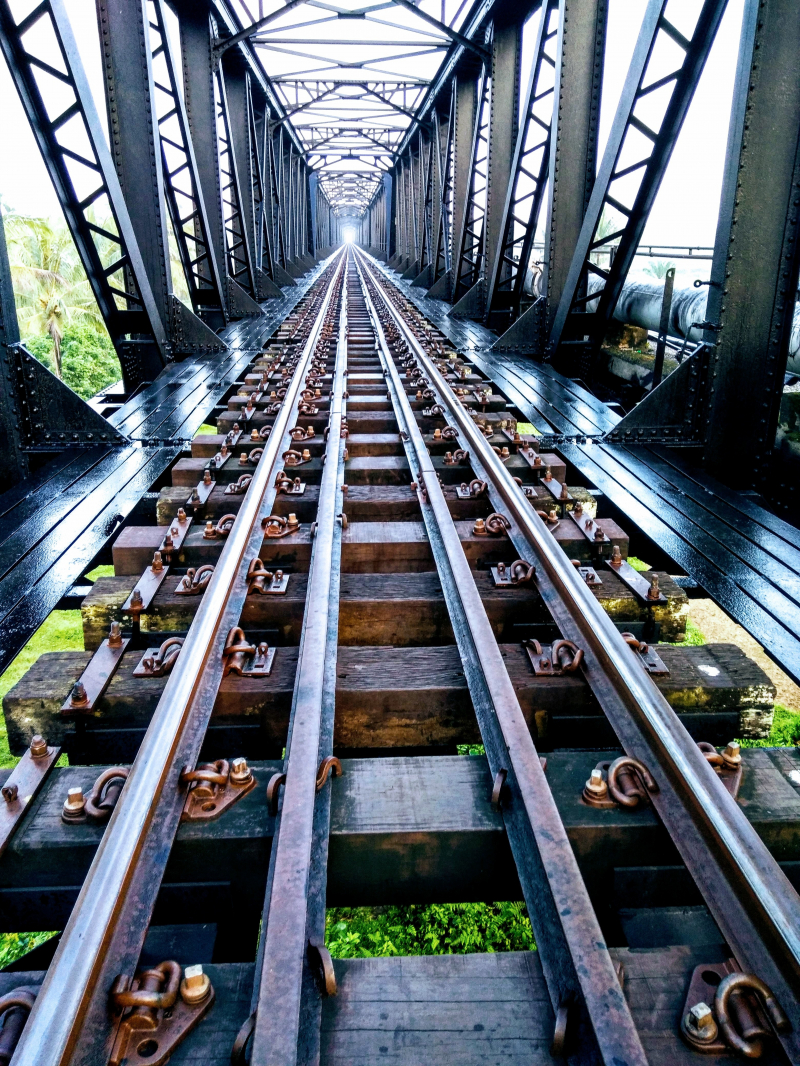
Image by H H via pexels.com -
Before MP3s, CDs, and streaming services were available, individuals used vinyl long-playing records, or LPs, to bring their music home. The albums were created by the musicians, and in the 1970s album rock became a new radio genre. It became a routine to polish the record before placing the stylus on the groove with the tone arm when listening to albums.
Turntables, a component of the audiophile's audio system, were accompanied by kits that contained the tools for cleaning records and styli. When compact discs first came out, their portability and small size greatly influenced how quickly they gained popularity. Although many of the historic analog LPs that were converted to digital were enhanced as part of the process, listeners reported being astounded by the clarity of the sound. As digital recordings took over the music industry, LP sales fell.
A vocal minority objected, pointing to the softer audio produced by vinyl Records when played on a quality turntable. When both products' sales declined for more than 20 years, a resurgence started and is now gaining traction. Turntable and LP sales hit a low point in 2006. They have climbed every year since, including by almost 46% between 2019 and 2020.In the latter year, LPs represented 27% of record sales, showing they are still very much alive and well, contrary to what was anticipated in the 1990s. Vinyl records and turntables might once again overtake streaming as customers' favorite method of obtaining music, becoming the primary source for musical amusement at home.
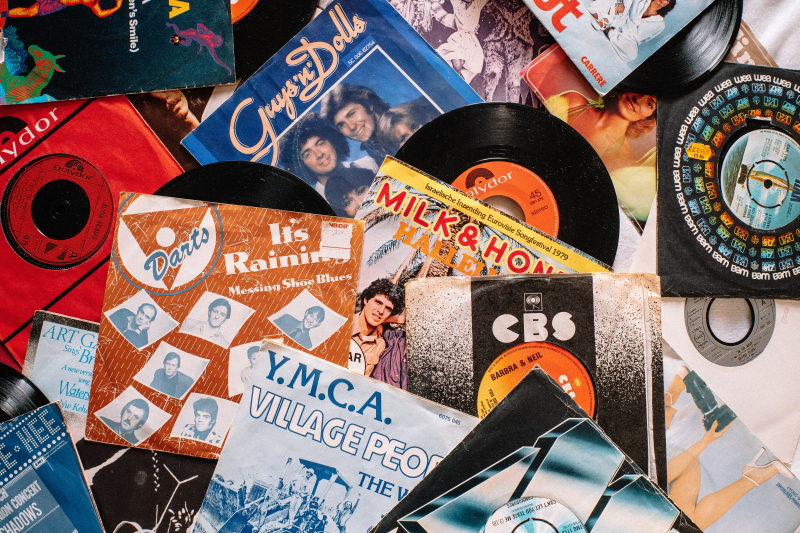
Image by Matthias Groeneveld via pexels.com 
Image by Ena Marinkovic via pexels.com -
Steam cars were common in the early days of the automobile, in part because so many artisans and operators had prior expertise with steam engines. Early steam automobiles were produced by Ransom E. Olds, the creator of the renowned REO Speedwagon and the founder of Oldsmobile. The Stanley Steamer, made by the Stanley Brothers, is arguably the most well-known steam-powered automobile.
Steamers frequently prevailed in races against conventionally propelled automobiles. However, they had a number of drawbacks, including the fact that some of them required lengthy startup times. They were not recommended for use in an emergency since the boiler needed to build enough steam pressure. Their demise was signaled by Henry Ford's Model T, as it was for many other rival automakers. In 1930, the last steam automobile sold commercially in America came off the assembly line.
But as automakers look for alternatives to the internal combustion engine as their main power source, steam appears set for a comeback. Corporations like Volkswagen, Honda, Toyota, and smaller research organizations have created steam engines that do away with the quirks of their forebears. Modern materials are utilized by advances in steam technology to create improved steam condensers, boilers, and throttle control systems.Although no major automaker is making any significant attempts as of this writing to develop a modern steam-powered car, research into these vehicles is still ongoing. A British team created a steam-powered vehicle in 2009 that set a record for a steam engine vehicle by reaching a top speed of 148 miles per hour.
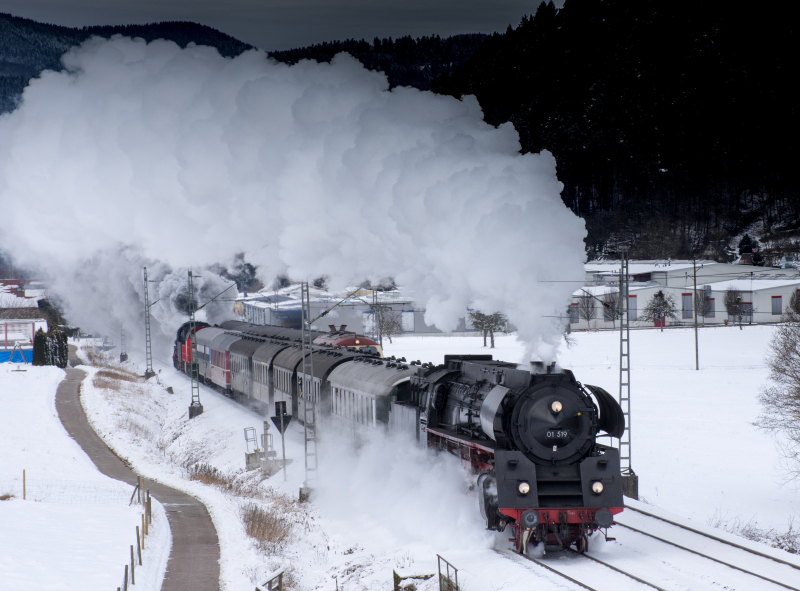
Image by Pixabay via pexels.com 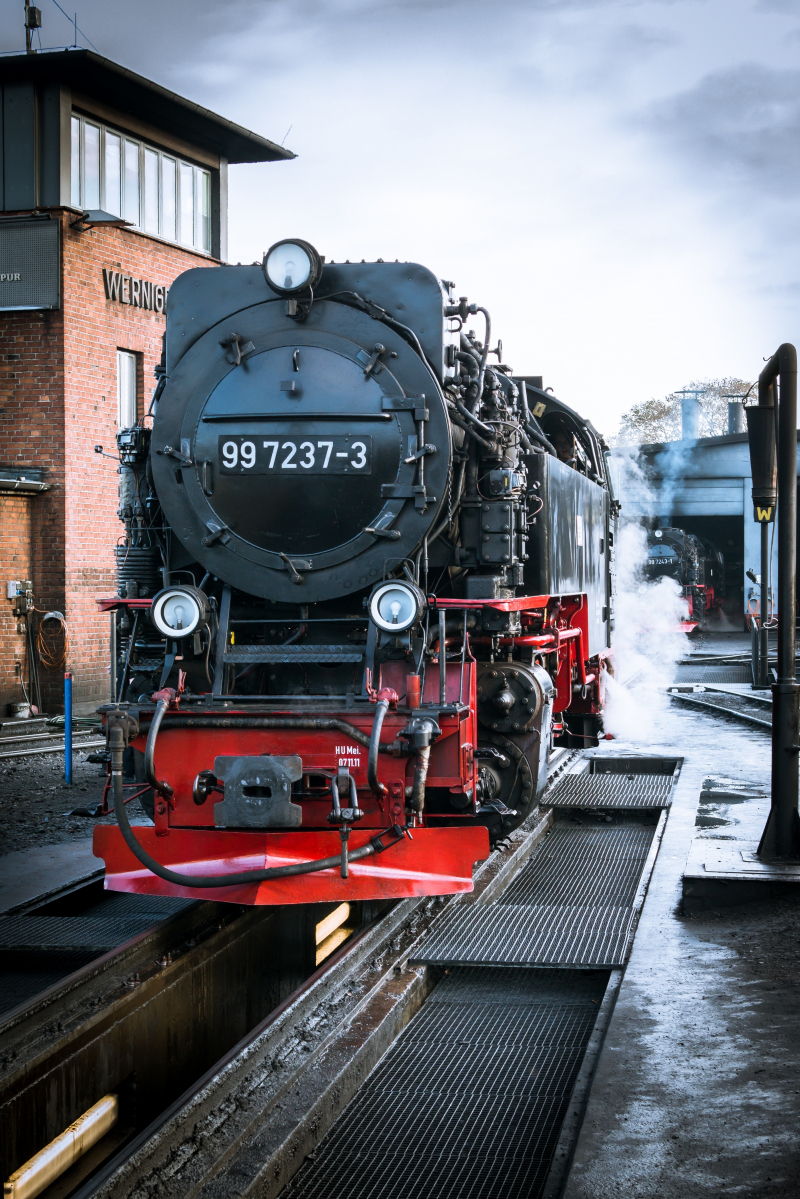
Image by Pixabay via pexels.com -
The Industrial Revolution of the 19th and 20th centuries was propelled by steam. On the world's railroads, it was visually more obvious than everywhere else. Passengers and cargo were transported by steam-powered locomotives, some of which burned coal and some of which burned wood, across plains and deserts, through cities and towns, through mountains, and across rivers.
In every terrain, there were water towers that allowed locomotives to refuel while traveling. Diesel-electric locomotives gradually replaced their powerful steam-powered forebears in the 20th century. In more developed regions, steam engines were no longer necessary thanks to electrified railways. Steam-powered commercial trains were a thing of the past by the middle of the 1950s.
A British-French team is developing a steam locomotive that isn't strictly speaking a steam locomotive because it is powered by hydrogen cells, but it does bring steam back to the rails. In 2018, passenger trains in Germany began running on hydrogen fuel. Some countries are testing hydrogen-powered trains with the intention of using them in regions where electrification of the railway is impractical.
The hydrogen-powered locomotive has an advantage over diesel-electric trains in that it offers enough power to run safely and reliably. It accomplishes this without releasing any hydrocarbons or greenhouse gases into the atmosphere. Instead, water is released from hydrogen cells in the form of steam when they are configured like a locomotive.
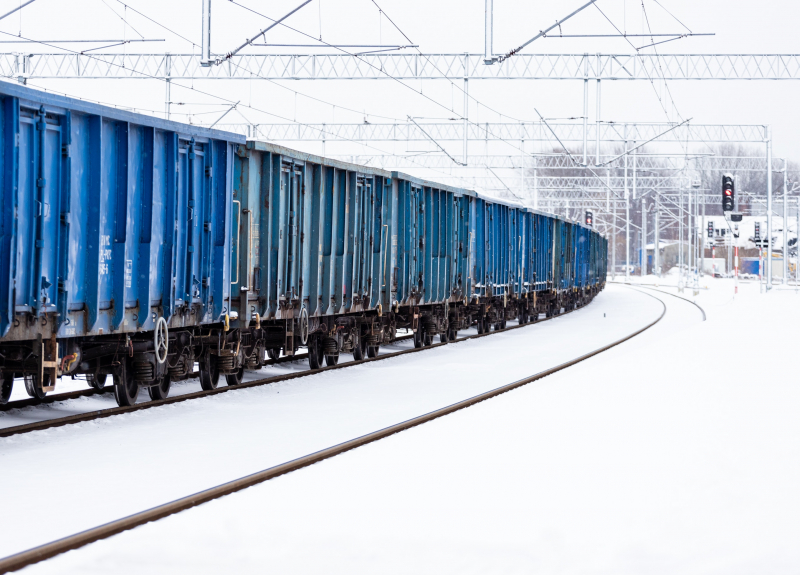
Image by Mateusz Feliksik via pexels.com 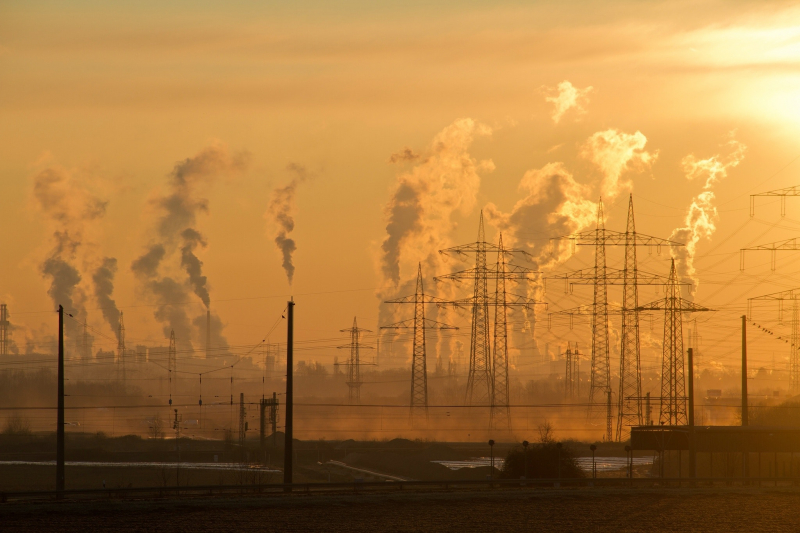
Image by Pixabay via pexels.com -
The sailing ship may be the most environmentally friendly form of transportation ever created by humans. The world's trade routes continue to follow the winds and currents that seamen who were essentially given free power for the duration of their voyage originally plotted. Naturally, ships were limited to the speed of the wind that propelled them.
To take advantage of the favorable winds and to avoid unfavorable winds, frequently convoluted paths between locations were needed. Ships, however, have operated in a more-or-less reliable manner for centuries while emitting no greenhouse gases other than those produced by people and animals. And they can now once more. Currently, being tested at sea are experimental wind and solar-powered vessels.
Currently, being developed are sails with wing-like shapes that, when directed vertically to the wind, provide what aviators refer to as "lift." The force moves the ship forward rather than lifting it into the air. Solar panels on one side of the sail enable the ship to recharge its batteries, which power the lighting, controls, and electrical equipment on board.
With a device resembling a huge kite called a skysail, another type of wind-powered ship, the ship can be propelled by the wind when the sail is spread out in front of it. Another uses sail that are bent to the masts and spars. By allowing wind power to supply up to 60% of what is required, the design minimizes the need for engines, regardless of what fuel source they use.

Image by Szelei Robert via pexels.com 
Image by Pixabay via pexels.com




















